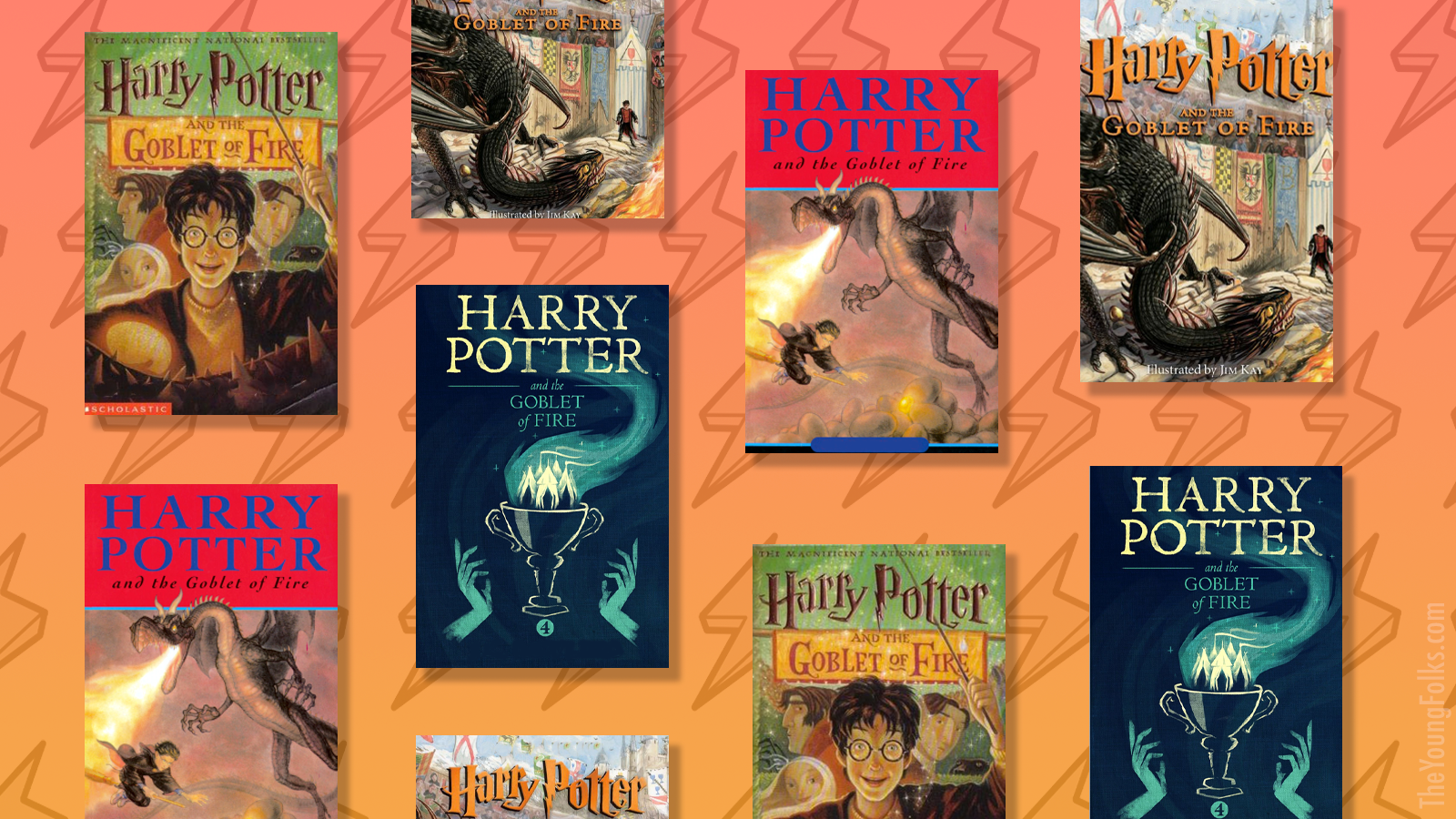Author’s Note: In light of J. K. Rowling’s recent intolerant stance towards the transgender community, I want to make it clear that this post is in no way an endorsement of that stance. Harry Potter is a fandom that belongs to its readers, so despite the opinions of its author, it can still be enjoyed by readers who disagree in every way.
As Harry Potter fans, we each have a laundry list of reasons why we fell—and remain—in love with this series. The characters are quirky, lovable, and relatable, the story explores complex themes like friendship, free will, and racism, and just reading them gives you a warm, fuzzy feeling inside. But what drew me, a tiny ten year-old bookworm obsessed with castles and dragons, to this series was the magic. These books have a way of drawing you in and experiencing a childlike wonder at the magical world in which you find yourself. The first book introduces us to so much of this world, starting with Diagon Alley, then Platform 9 ¾, and finally Hogwarts itself. In the next two books, we see some new elements of the Wizarding World, like the Chamber of Secrets, Azkaban, and Hogsmeade village, which are all delightful, but also very local. They don’t take us outside Great Britain. We never get a sense that the world is bigger than that. But all that changes in Harry Potter and the Goblet of Fire, which is one of the reasons I love it so much. The world widens to show us other wizarding cultures and other wizarding schools, primarily through the unifying agent of sports.
The Quidditch World Cup
The chapters depicting the World Cup are some of my favorites in the novel. As thousands of wizards come to camp out and watch the game together, Harry sees all ages of wizards, from small toddlers racing around on tiny brooms to a grouchy old wizard who refuses to change out of a Muggle nightgown. He sees African wizards roasting a rabbit, American witches gossiping, and Irish wizards with tents covered in thick growths of shamrocks. This all culminates in an epic match, where half the stands unite for Ireland and half unite for Bulgaria. In this great scene, we see thousands of wizards come together to share this important moment in history, and it is beautiful.
The Triwizard Tournament
The crux of this book’s plot is the Triwizard Tournament, a potentially deadly, certainly thrilling competition between wizarding schools that has been tradition for centuries. Harry doesn’t just watch this competition from afar—when someone enters his name illegally, he is chosen as a champion and forced to compete. He has to fight a dragon, spar with mermaids in the depths of the lake, and most dangerous of all (ha) attend the beautiful Yule Ball. Watching Harry and Ron scramble to find dates was another of my favorite parts. Truly delightful.
Beauxbatons and Durmstrang
Although it may seem obvious that Hogwarts is not the only wizarding school that exists, they are never mentioned until this book. On the train, Hermione tells Ron and Harry that actually, two other schools that are located in Europe, Beauxbatons in France and Durmstrang in the north. During the Triwizard Tournament, students from both schools actually come to stay at Hogwarts, so we get a good look at what both schools are like, including spending time with the champion from each, both great characters in their own right.
This book is also unique because this is the point in the series where we see a tonal shift. For the first three books, the tone has been light and humorous, with moments of darkness, while the last three books have a darker tone, with moments of light and humor. At the end of Goblet of Fire, Cedric Diggory tragically dies and Voldemort returns to power, which means that Harry’s world will never be the same again. In the last chapter, Hagrid gives Harry the iconic advice: “What’s comin’ will come, an’ we’ll meet it when it does.” We might wonder how such a magical book can be right for such a tonal shift, but I believe that’s what makes it perfect. This book is a beautiful blend of light and darkness.
As the Wizarding World becomes bigger and more awe-inspiring in our eyes, it also becomes darker, which is something we all experience growing up. As readers, we grow along with Harry, and we recognize that shift in him and in ourselves.
Editor’s Note: Trans lives matter. If you or someone you know is in crisis, please contact The Trevor Project‘s 24/7/365 Lifeline at 866-4-U-TREVOR (866-488-7386) or TrevorChat, their online instant messaging option, or TrevorText, a text-based support option. If you are looking for peer support, you can visit TrevorSpace from anywhere in the world.
Advertisement
Advertisement
